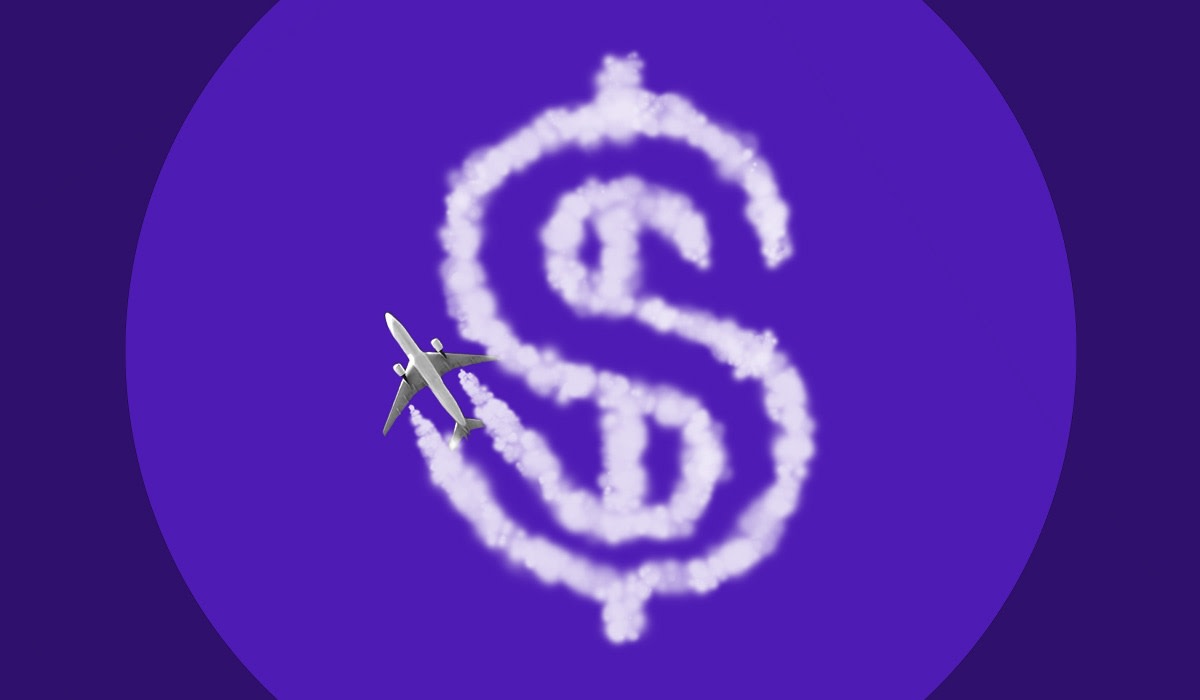Avoid the Hidden Costs of Unused Paid Time Off
It's becoming all too common to receive emails from people working through the holiday season, even if they have paid unused PTO (paid time off).

During the holidays, it’s not unusual to receive a slew of out-of-office messages from people squeezing in one last getaway before the new year. Unfortunately, it is also becoming just as common to receive emails and phone calls from people working through the season, even if they have paid time off (PTO) to burn or worse, they’re on vacation.
A heavy workload and job pressures from peers and supervisors are causing more workers to put in overtime and take less PTO. It’s getting to the point where unplugging doesn’t feel normal anymore: 47% of Americans say they feel less stress when they stay connected to the office while on vacation. This obsession with tackling work by doing more work – even when one needs rest – has numerous negative consequences for both the employee and their company.
The Hidden Costs of Unused PTO
Vacations exist for a reason. When employees don’t physically and mentally take time off from work, it can negatively impact their health, happiness, productivity and creativity. Stress from continuously working, even when on a supposed vacation, can lead to burnout, which in turn, leads to increased absenteeism.
In my post, Do Workations Increase Employee Absenteeism?, I discuss the costs of absenteeism in detail, but the consequences of unused PTO start to be accrued by companies way before an overworked employee stops showing up to the office.

A study by Oxford Economics found that American companies are carrying $224 billion in liabilities due to unused vacation time. For context, this cost is “nearly half the size of the current U.S. federal deficit, 24 times the annual revenue of the NFL, and larger than the Gross State Product of half of U.S. states,”. More key findings from the study:
The average vacation liability is $1,898 per employee and more than $12,000 in some companies
The accrued cost of time off carried forward from 2014 to 2015: $65.6 billion
Vacations days used has decreased by 4.9 days since 2000
And more hours worked does not mean organizations are gaining more productivity. The OECD looked at productivity compared to hours worked per week, and Germany and France — countries with more generous vacations and shorter work weeks — achieve higher rates of output than countries working longer hours.

Use Analytics to Better Manage Employee Time Off and Costs
While companies like Netflix and Betabrand are taking unique measures to encourage employees to go on vacation and truly disconnect from the office, their methods may not suit every organization and its employees.
Workforce analytics enables you and your line managers to monitor and maintain the balance where your employees (especially your top performers) can always perform their best when they need to. Find out what your company’s PTO situation is this holiday season by asking yourself these important questions:
1. What are our costs?
In order to make any necessary improvements, you must first know what impact unused PTO has on your organization. Look at the rates of absence and resignation per employee and compare these against the number of vacation days each employee took. If the data shows taking fewer days of vacation is correlated to higher absenteeism and resignations, you can factor these into the costs of unused PTO. Work with your Finance department to also determine the costs of your vacation liability and accrued cost of time carried forward.
2. What are the business outcomes we want?
If your costs show that unused vacation time is hurting the business, your next step is to create objectives for how you will tackle the issue strategically. Base these around SMART goals so you can speak about progress and outcomes in the language of the business. It isn’t enough to say you want more people to take time off during the holidays – what percentage do you need to meet the minimum and optimal thresholds for decreased liabilities? The more you tie your objectives back to your company’s goals, the more valuable HR will be to the business.
3. How do we achieve these outcomes?
Your first instinct may be to simply require all employees take their unused vacation days before the end of the year. However, not everyone will follow this rule, especially those that have built the habit of working through the holidays or while on vacation. These are the groups that require your focused attention to ensure they aren’t at risk for absenteeism or resignation.
Use workforce analytics to determine which locations, departments or teams have the highest rates of absence per employee and highest resignation rates. Also investigate these other data points, as they can reveal more information on an employee’s risk level:
PTO history
Sick leave history
Their team’s yearly workload requirements
A big red flag to take action on? If the data shows someone is not taking time off after crunch periods — it could be a sign that they are overworked and building up stress instead of taking a much needed vacation.

4. What should we do year-round?
Go back to the goals you outlined and use the evidence-based data you’ve gathered to report on productivity improvements and money saved. Then, make it part of your routine to monitor the causes of unused PTO throughout the year and implement programs to help keep the numbers down. Use your analytics to examine all the employee attributes and contributing factors associated with increases and decreases in absenteeism and resignation so you can make predictions that can improve the success of your different programs.

Active Rest For Better Employee Productivity
While completely unplugging from work is important to an employee’s well-being, engaging in an active rest activity during their time off may also benefit them greatly.
Active rest is typically used by athletes and involves taking a day off from training to recover, rebuild muscle and become stronger. It’s not about sitting on the couch all day, but incorporating a low-intensity activity that gets the blood moving such as walking or yoga. The same concept can apply to your workers, especially senior leaders, top performers and high potential employees.
Help these star “athletes” come back from their holidays inspired and motivated by suggesting a relevant book to read or documentary to watch, a place to visit or relaxation activity to try. If they take your suggestion, it could result in even more productivity and innovation for the business in the new year.


